The default is to use ConcurrentMapCache of ConcurrentMapCacheManager as the cache component.
When using ConcurrentMap, the data is saved in ConcurrentMap<object></object>.
In fact, during the development process, we often use some caching middleware.
For example, we often use redis, memcache, including the ehcache we use, etc. We all use some caching middleware.
When we explained the principle before, we also discovered that springboot supports many cache configurations:
As shown in the figure below:

The default starting configuration is: SimpleCacheConfiguration.
When are other caches enabled?
We can search for these configuration classes with ctrl n, and then go in and see their conditional conditions:






 Start the redis image
Start the redis image
docker run -d -p 6379:6379 --name myredis [REPOSITORY] docker ps
For testing, open the redis connection tool.
redis desktop manager


##Test redis common data operations






 ##set operation of redis
##set operation of redis



 Introducing the redis starter
Introducing the redis starter



Configuring redis







 ##redis operation list:
##redis operation list:

##redis test save object




 redisTemplate default serialization rules
redisTemplate default serialization rules


 The default serializer is the JDK serializer used.
The default serializer is the JDK serializer used.
Let’s switch to the json serializer and that’s it.
redis configuration




 This makes it clear that if we want to save the object later, we often need to modify the serializer.
This makes it clear that if we want to save the object later, we often need to modify the serializer.

We used ConCurrentMap's cache manager before.
This cache manager helps us create cache components.
The cache component actually performs CRUD work in the cache.
Now that we have introduced redis, what will happen?
We still set debug=true in application.properties so that the automatic configuration report can be turned on.
At this time, we restart our program and search in the console.
See which automatic configuration class is effective?

The original default enabled is: SimpleCacheConfiguration.
Now that we have introduced redis-related starters, the program starts RedisCacheConfiguration by default.

Just start the program and test it directly.


It means that when you query for the first time, you query the database.
When querying for the second time, there was no output from the console, indicating that the cache was queried.
The cache is only enabled by redis by default.
Then it must be in redis.
We can check it out:

This illustrates a problem. When k and v are both objects, serialization is used to save the object by default. To save. We want redis to automatically save it as json.
What should we do?
Let’s first analyze the principles of these processes.
1. We have introduced the starter of redis, so our cachemanager has become rediscachemanager.
2. The rediscachemanager created by default passes in a redistemplate when operating our data. s things.

#3. This redistemplate was created for us by redisautoconfiguration. The default serialization mechanism used by this redistemplate is jdkserializationredisserializer. This is equivalent to the fact that the redisCacheManager that redis prevents us by default does not quite meet our requirements.
What should we do?
We should customize CacheManager.
Customized redisCacheManager

At this time, we start the project again to test. At this time, we can see the results in redis, which is We wanted it.

During Yunqiu’s next interview, she can ask those who want to come to the software park, do you know that when redis starter saves objects, redisTemplate What are the default serialization rules?
If we want to modify the default serialization rules when using redis, what should we do?
We can customize redisCacheManager, then customize redisTemplate, and pass in the json-related serializer in redisTemplate.

Small remaining problems
Database
We put a piece of data in the department table in the database:

mapper
We write a mapper corresponding to the department operation.

service
Let’s write a corresponding service

controller

Start the project test

Then let’s see if there is data in redis?

We have seen that there is dept-related data in redis.
When we query dept for the second time, we should cache redis.
But when we checked for the second time, the following error occurred.
Error

The error reported above means that json cannot be read.
Because it is necessary to convert the department's json object into the employee's json object, which is not possible.
This is because the redisCacheManager we placed is for operating employees.

So, the effect we see now is very magical.
The cached data can be stored in redis.
But when we query from the cache for the second time, we cannot deserialize it back.
It turns out that what we store is dept's json data, and our cachemanager uses the employee's template to operate redis by default.
This thing can only deserialize employee data.
Solution to the error


At this time, there are two redisCacheManagers. Which one should we use?
We can specify it in the service.


Then we restart the project, and the result is an error:

If , if we have multiple cacheManagers, we must use a certain cacheManager as our default configured cache manager.
For example, we can perform the following operations to fix the content of this startup error:

Restart for project testing
At this time, let’s see if we can deserialize and read our department information from redis normally and successfully when we perform the second department query?


At this time, we discovered that whether it is an employee or a department, we can successfully deserialize and query it from redis .
This is perfect.
Coding method to operate the cache
What we said earlier is all using annotations to place data in the cache.
However, during development, we often encounter such situations.
That is, when our development reaches a certain stage, we need to put some data into the cache.
We need to use coding to operate the cache.
For example, after we query the department information, we want to put this information into redis.
We can inject the department’s cacheManager.

Then during the coding process, we can obtain the cache by operating this cacheManager,
Then, we can operate the cache component to increase the data. Delete, modify and check.

We tested the above code and started the project, and found that it was ok and successfully put data into redis:

The above is the detailed content of Springboot cache redis integration method. For more information, please follow other related articles on the PHP Chinese website!
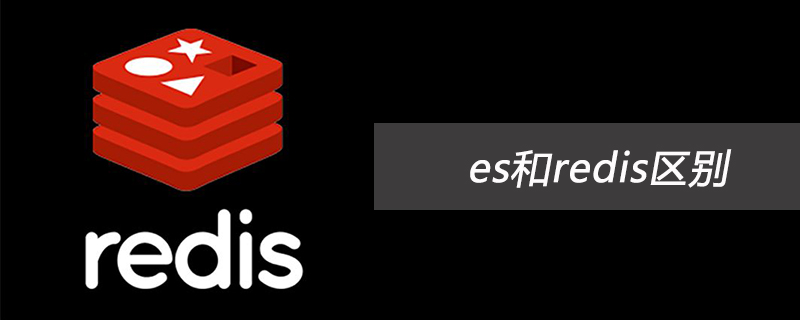 es和redis区别Jul 06, 2019 pm 01:45 PM
es和redis区别Jul 06, 2019 pm 01:45 PMRedis是现在最热门的key-value数据库,Redis的最大特点是key-value存储所带来的简单和高性能;相较于MongoDB和Redis,晚一年发布的ES可能知名度要低一些,ES的特点是搜索,ES是围绕搜索设计的。
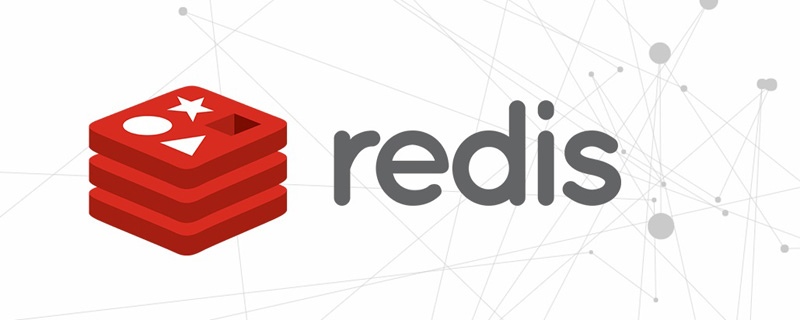 一起来聊聊Redis有什么优势和特点May 16, 2022 pm 06:04 PM
一起来聊聊Redis有什么优势和特点May 16, 2022 pm 06:04 PM本篇文章给大家带来了关于redis的相关知识,其中主要介绍了关于redis的一些优势和特点,Redis 是一个开源的使用ANSI C语言编写、遵守 BSD 协议、支持网络、可基于内存、分布式存储数据库,下面一起来看一下,希望对大家有帮助。
 实例详解Redis Cluster集群收缩主从节点Apr 21, 2022 pm 06:23 PM
实例详解Redis Cluster集群收缩主从节点Apr 21, 2022 pm 06:23 PM本篇文章给大家带来了关于redis的相关知识,其中主要介绍了Redis Cluster集群收缩主从节点的相关问题,包括了Cluster集群收缩概念、将6390主节点从集群中收缩、验证数据迁移过程是否导致数据异常等,希望对大家有帮助。
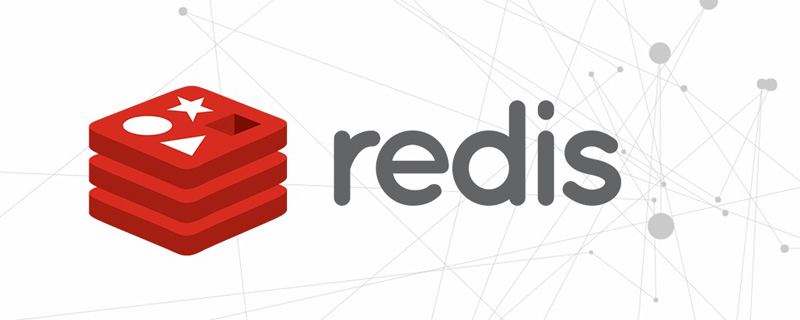 Redis实现排行榜及相同积分按时间排序功能的实现Aug 22, 2022 pm 05:51 PM
Redis实现排行榜及相同积分按时间排序功能的实现Aug 22, 2022 pm 05:51 PM本篇文章给大家带来了关于redis的相关知识,其中主要介绍了Redis实现排行榜及相同积分按时间排序,本文通过实例代码给大家介绍的非常详细,对大家的学习或工作具有一定的参考借鉴价值,希望对大家有帮助。
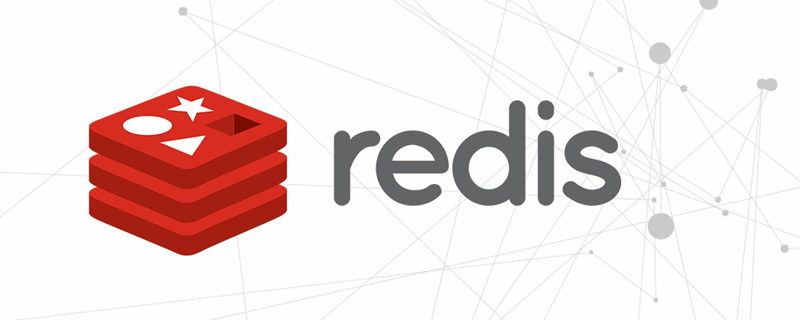 详细解析Redis中命令的原子性Jun 01, 2022 am 11:58 AM
详细解析Redis中命令的原子性Jun 01, 2022 am 11:58 AM本篇文章给大家带来了关于redis的相关知识,其中主要介绍了关于原子操作中命令原子性的相关问题,包括了处理并发的方案、编程模型、多IO线程以及单命令的相关内容,下面一起看一下,希望对大家有帮助。
 实例详解Redis实现排行榜及相同积分按时间排序功能的实现Aug 26, 2022 pm 02:09 PM
实例详解Redis实现排行榜及相同积分按时间排序功能的实现Aug 26, 2022 pm 02:09 PM本篇文章给大家带来了关于redis的相关知识,其中主要介绍了Redis实现排行榜及相同积分按时间排序,本文通过实例代码给大家介绍的非常详细,下面一起来看一下,希望对大家有帮助。
 一文搞懂redis的bitmapApr 27, 2022 pm 07:48 PM
一文搞懂redis的bitmapApr 27, 2022 pm 07:48 PM本篇文章给大家带来了关于redis的相关知识,其中主要介绍了bitmap问题,Redis 为我们提供了位图这一数据结构,位图数据结构其实并不是一个全新的玩意,我们可以简单的认为就是个数组,只是里面的内容只能为0或1而已,希望对大家有帮助。
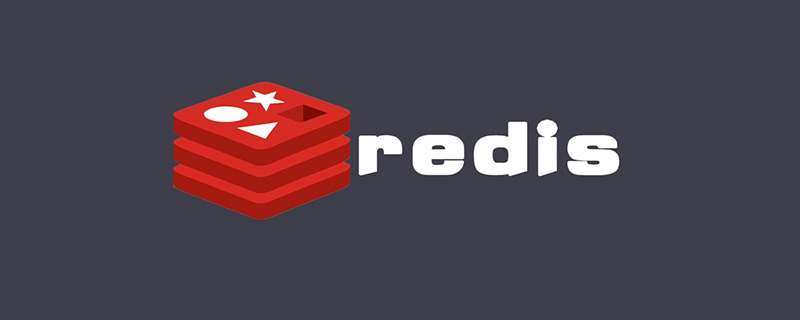 一起聊聊Redis实现秒杀的问题May 27, 2022 am 11:40 AM
一起聊聊Redis实现秒杀的问题May 27, 2022 am 11:40 AM本篇文章给大家带来了关于redis的相关知识,其中主要介绍了关于实现秒杀的相关内容,包括了秒杀逻辑、存在的链接超时、超卖和库存遗留的问题,下面一起来看一下,希望对大家有帮助。


Hot AI Tools

Undresser.AI Undress
AI-powered app for creating realistic nude photos

AI Clothes Remover
Online AI tool for removing clothes from photos.

Undress AI Tool
Undress images for free

Clothoff.io
AI clothes remover

AI Hentai Generator
Generate AI Hentai for free.

Hot Article

Hot Tools

EditPlus Chinese cracked version
Small size, syntax highlighting, does not support code prompt function

Dreamweaver CS6
Visual web development tools

WebStorm Mac version
Useful JavaScript development tools

SublimeText3 Mac version
God-level code editing software (SublimeText3)

DVWA
Damn Vulnerable Web App (DVWA) is a PHP/MySQL web application that is very vulnerable. Its main goals are to be an aid for security professionals to test their skills and tools in a legal environment, to help web developers better understand the process of securing web applications, and to help teachers/students teach/learn in a classroom environment Web application security. The goal of DVWA is to practice some of the most common web vulnerabilities through a simple and straightforward interface, with varying degrees of difficulty. Please note that this software







